Content Marketing Metrics or Content Marketing Measurements enable businesses to survive as no business model can survive without money sources. That is why retaining existing customers is crucial, yet engaging new customers is essential for a company’s growth.
Investments made for content are called Content Marketing ROI (return on investment). These investments are made primarily for the implementation of customer acquisition strategies.
It is in the nature of a sales team’s job to send emails, make cold phone calls, and deal with customers one-on-one, but it is all about making the most effective use of their limited working hours.
Today, inbound approaches and content marketing strategies are preferred to reach thousands of potential customers in a shorter time with less cost. Before continuing to read this article, I strongly recommend that you read and understand the following articles in order:
- What Is Customer Retention?
- The Secret of Permanent Hits: Evergreen Content!
- WIN OR LOSE: Value-Based Selling
- Hottest Tips For Informative Advertising of 2022!
What is content marketing?
“Content is the reason search began in the first place.”
Content Marketing Metrics: Impeccable Results!
Competent people create content plans after doing massive research on audiences. In order to accurately analyze the macro conversions of content marketing strategies and develop new tactics based on this analysis, you must determine the metrics that are most useful for you to follow.
BRIEF OUTCOMES
- Understand why you are doing something before you set your goals and use content marketing measurement tools. The metrics you track are core to the answer to why you do something.
- If you are managing a growing small business, look specifically for ways to increase your brand’s online conversational share: buying social media ads, cooperating with influencers, be a guest blogger.
- This article gives information about the metrics that should be followed continuously between 6 months and 12 months for people who have just created their website or their company’s blog page. Apart from these basic metrics, there is also data on some advanced metrics.
There are some infographics from the article “Content Marketing Statistics You Need to Know” written by Semrush. I highly recommend reading this article because last year’s statistics will give you insight into what content marketing this year will be like.
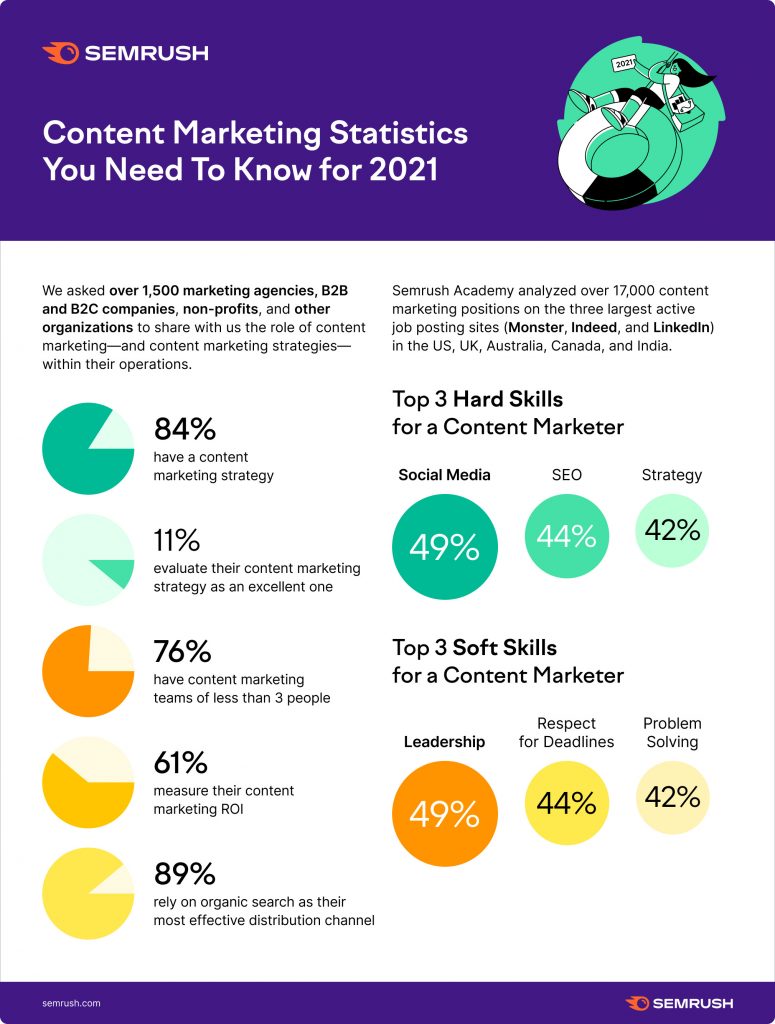
You might consider creating a medium-term budget to increase your brand awareness. It would be best if you made a special effort to spend this budget involved in audience control channels such as online mentions, guest blogging, and influencer marketing.
In order to increase your popularity, you can also participate in existing verbal or/and written discussions: popular tweets, popular forum topics, popular Facebook groups, Instagram Reels, YouTube Short videos. As share of conversation is a customer-centric approach, it always plays a critical role in keeping you focused on bigger goals.
A BIG STEP –> After answering the question you asked yourself about why you do your job, it is time to follow the metrics below.

Number One: Traffic
Traffic is the source of diamonds that almost every website wants. Unless people do not know about your content or spend time with them, it is practically impossible to make any sense of how great content you create.
Traffic is the engine of your brand; you earn money from the people who come from different sales channels, you become famous with the people who come from various sources.
If you are capitalizing on Google Analytics, these three metrics are the statistical data you need to track: users, pageviews and unique pageviews. Better SEO – Higher Traffic Numbers – More Leads – More Sales – More Conversions.

By learning how many people visit your website, what content visitors spend most of their time with, and where visitors come from, you can use this raw data effectively to determine your future strategies.
For instance, you target potential customers in Canada, but as you provide a freelance translation service, people in Turkey are more interested in you. Then you can recompile your content according to potential customers from Turkey.
You can apply the same strategy for platforms. Suppose there is a significant proportion of visitors who prefer YouTube while targeting people on Facebook. In that case, your plans can focus on visual content by transforming your written-based content into great videos.
Measuring your SEO performance is also an essential piece of metric that is connected with this primary metric. Your SERP performance shows whether the users see your web pages in the search engine with the keywords you target (to be in the first place of the first page).
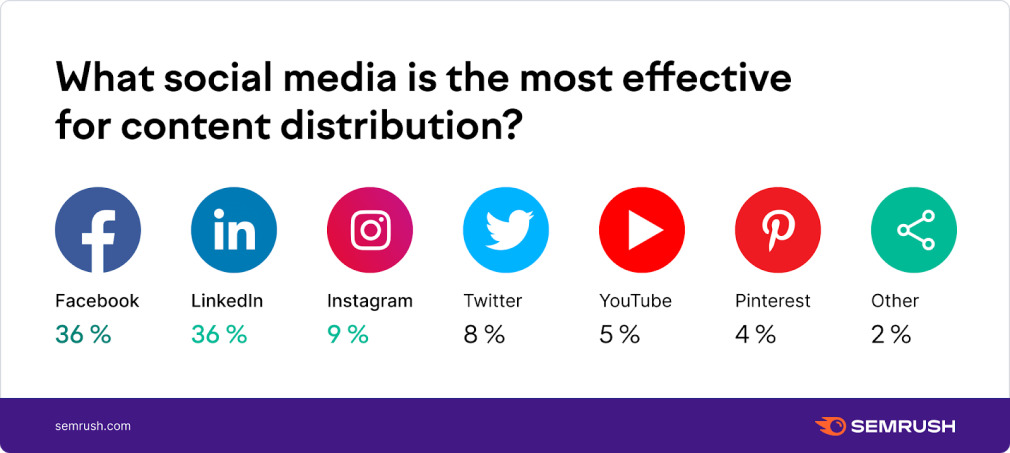
Number Two: Conversions
You convinced potential customers and visitors to spend time with your content as you wish. Very nice! However…
WATCH THIS!
Do those people buy your products, click on the links you share, do they subscribe to your YouTube channel wh<ere you publish your videos, do they sign up for your newsletter, do they make you gain money with e-commerce transactions?
You should be able to say yes to the questions above. Especially if you have a B2B business model, two of the most important metrics for you are leads and direct sales figures.
That is why your core customer journey strategy should shift from relatively easy objectives like clicks and subscriptions to long-term and lucrative conversions like offering registrations and providing premium services.
Which conversion you aim for depends entirely on your goals. If your blog is prominent for marketing your products, you will focus on how many sales it generates conversions.
You should enable e-commerce from Google Analytics, examine the page value of all your content under the behaviour section, and focus on increasing the average revenue that each page has generated: how many users make a purchase or complete another goal you have set.
Number Three: Impressions
Impressions are the data that your content was shown by search engines and seen by people. It does not matter whether the link of the relevant content is clicked or not. Each platform has different impression mechanics. For example, Facebook has three different types of impressions: organic, paid and viral.
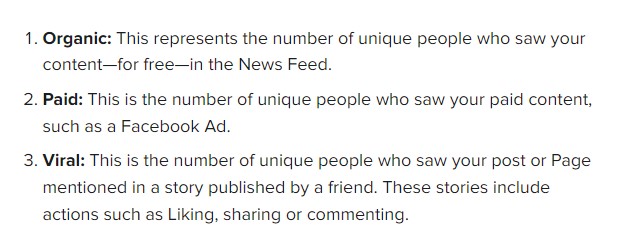
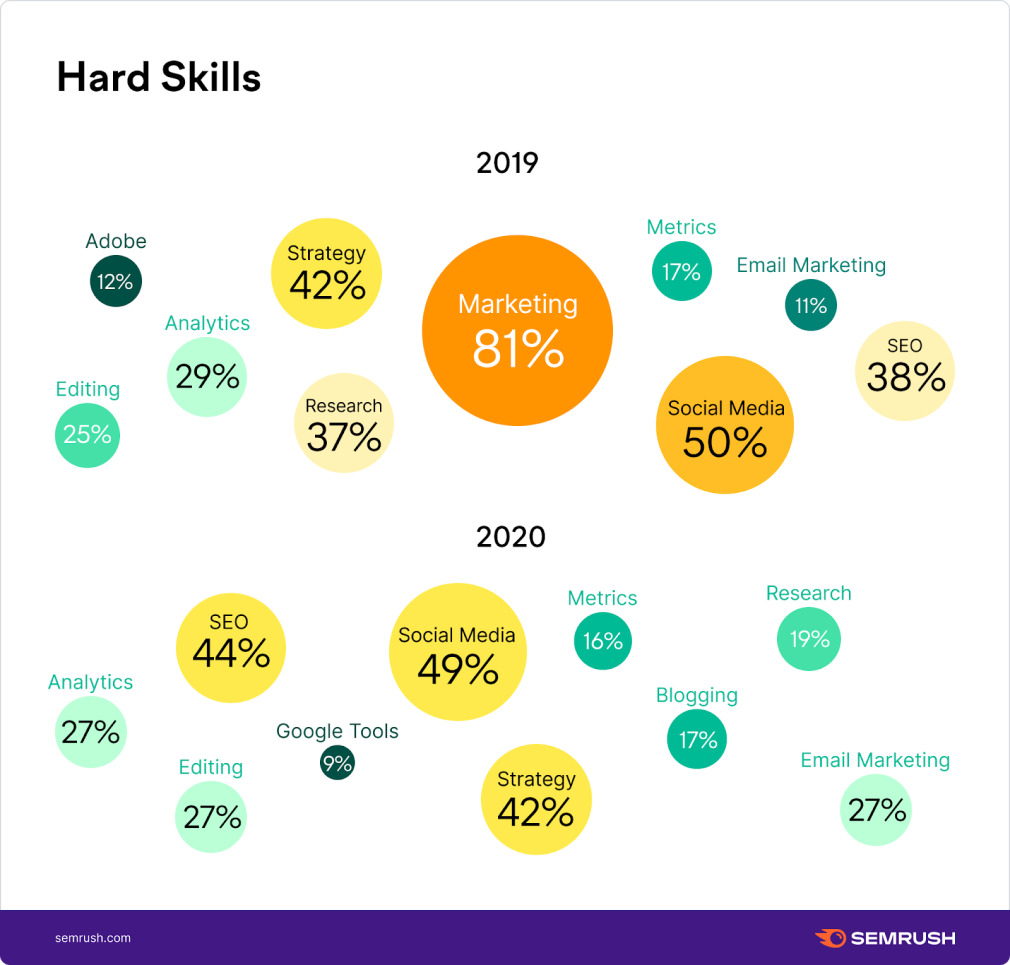
Number Four: Engagement
You have to track how long they prefer to spend on your website pages and how many pages they visit in each session to understand if people are really interested in your content while they spend time on your website.
The goal of tracking this metric is to keep people on your website as much as possible and direct them to relevant pages based on their conversion preferences. Comments are included.
In the Audience Overview section in Google Analytics, you will see these sections:
- The total number of sessions and visitors.
- The average number of pages per session.
- The average session duration.
- Bounce rate (how soon visitors leave your pages — Google Analytics: Behaviour > Site Content > Landing Pages ).
Note: Also capitalize on Time on Page: Behaviour > Site Content > Landing Pages.
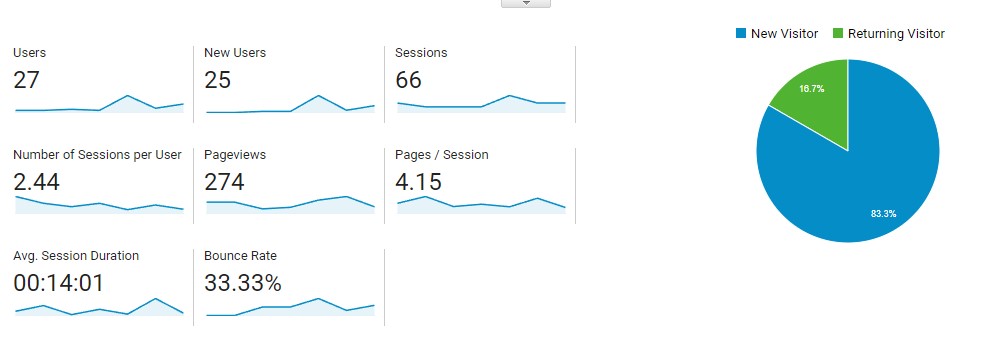
How many people like and share your content on social media? How well your content performs on social media also belongs in this category. You can learn these from the dashboards of the relevant social media platform.
BuzzSumo is one of the best tools that can help you with this. Thanks to this platform, you can follow the traffic you receive from social media. If you are using Google Analytics, you can use Acquisition > Social > Network Referrals.
Number Five: Clickthrough Rate (CTR)
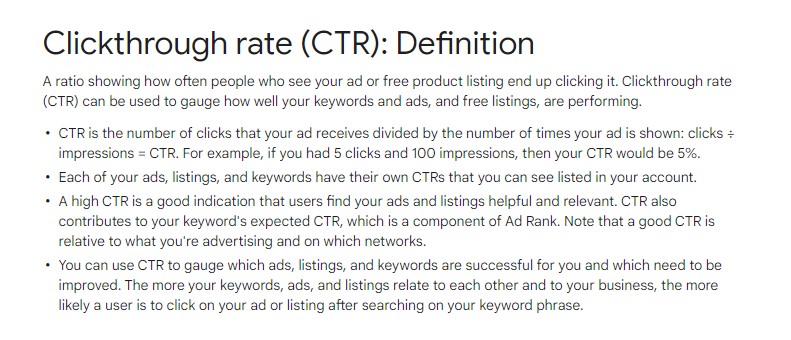
WRAP UP!
These metrics are for beginners. There are metrics that are much deeper and difficult to analyze. I can review them later. What are your opinions, and what is the most crucial content metric for you, why?
Leave a comment
